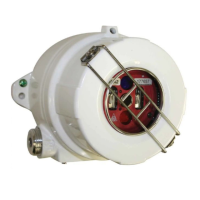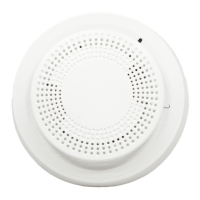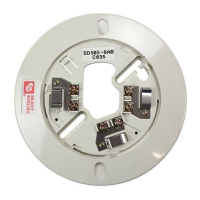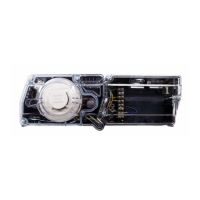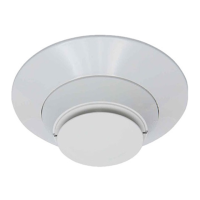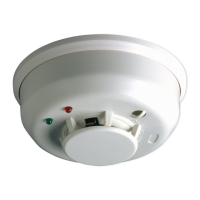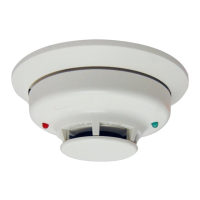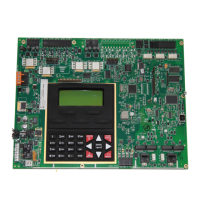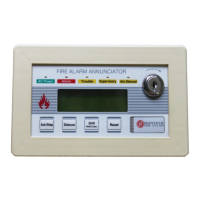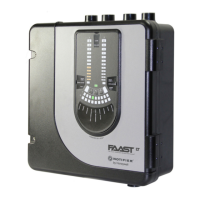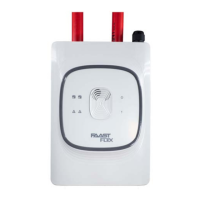OPERATOR MANUAL // SECTION 3: TROUBLESHOOTING AND
MAINTENANCE
HONEYWELL 23
3.2 Cleaning Windowed Enclosures and Detectors
The optical window (lens) of the Model SS4-A/-A2 Detector should be
cleaned periodically on a regular maintenance schedule. For clean area
applications, perhaps monthly cleaning schedule will be sufficient. For
extremely contaminated application environments, such as truck filling
stations with presence of black carboneous smoke, daily cleaning schedule
may be necessary.
Clean the window of the Detectors each time they are handled, the
windows appear contaminated, fails Built-In-Test, or the Detector fails an
end-to-end test with a handheld UV/IR Test Lamp FT2045 or FT-2145. If
necessary, clean the Detector Module Sensors each time the Detector has
been disassembled for wiring or replacement.
Use a blast of an air hose or an oil-free cloth to clean the enclosure
window. Oil degrades the performance of UV Detectors. Occasionally, the
use of a solvent, such as alcohol is acceptable. No disassembly of the
Detector is required.
DO NOT USE SILICONE-BASED OR COMMERCIAL WINDOW
CLEANING PRODUCTS. THESE WILL DEGRADE THE MODEL
SS4-A/-A2 DETECTOR PERFORMANCE.
WARNING: Potential electrostatic hazard. Do not rub with dry cloth.
3.3 Personnel Training
Troubleshooting of the Model SS4-A/-A2 Detector should be performed
only by qualified authorized personnel observing all standard safety
practices. Although the Detector operates on safe 24 Volts DC, the FM
Approved or UL listed Fire Alarm Panel's power supply may operate on life
threatening 120 or 240 Volts AC.
WARNING: Hazardous voltages may be present during testing
procedures. Serious injury or death may result due to failure to
observe safety precautions.
CAUTION: Model SS4-A/-A2 Detector modules and its components
are susceptible to permanent damage due to electrostatic discharge
(ESD). Do NOT handle a module without adequate grounding
precautions.

